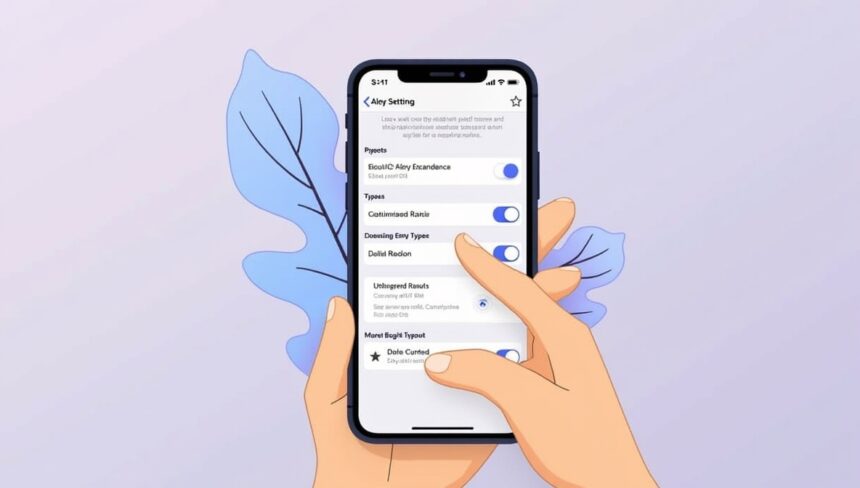In this article, I will explain how to set up bridging aggregator alerts on your phone so that you receive notifications for real-time cross-chain transactions, slippage updates, and fee surges.
With these alerts configured, you will not miss any significant DeFi events. Whether it is Telegram bots, DeFi applications, or bespoke solutions, on-the-go mobile alerts are handy and protect your interests.
What is a Bridging Aggregator?
A bridging aggregator is a specific type of DeFi tool that facilitates cross-chain transfers of assets by algorithmically finding the best bridging options for the user. Users no longer need to deal with the hassle of searching for a bridge since the aggregator does it for them in the most optimal way.

Bridging aggregators like Rango, LI.FI, and Socket improve interoperability across Ethereum, BNB Chain, and Polygon. They automate the process of moving assets across chains, lowering gas fees and enhancing the overall user experience in multi-chain crypto ecosystems.
How to Set Bridging Aggregator Alerts on Your Phone
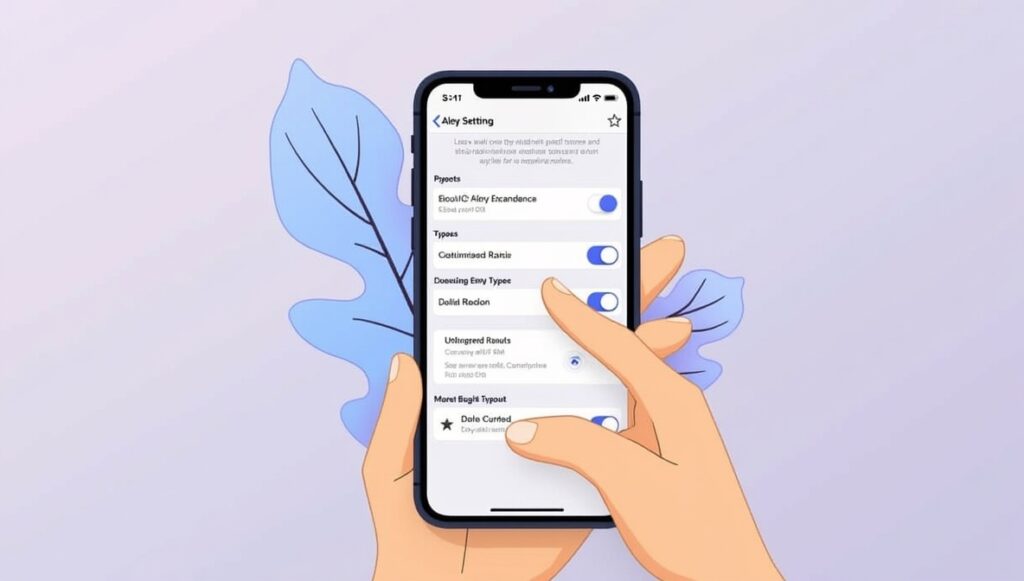
Choose a Wallet Tracker With LI.FI Bridge Support
- DeBank, Zapper, and Revoke.cash all offer wallet tracking services.
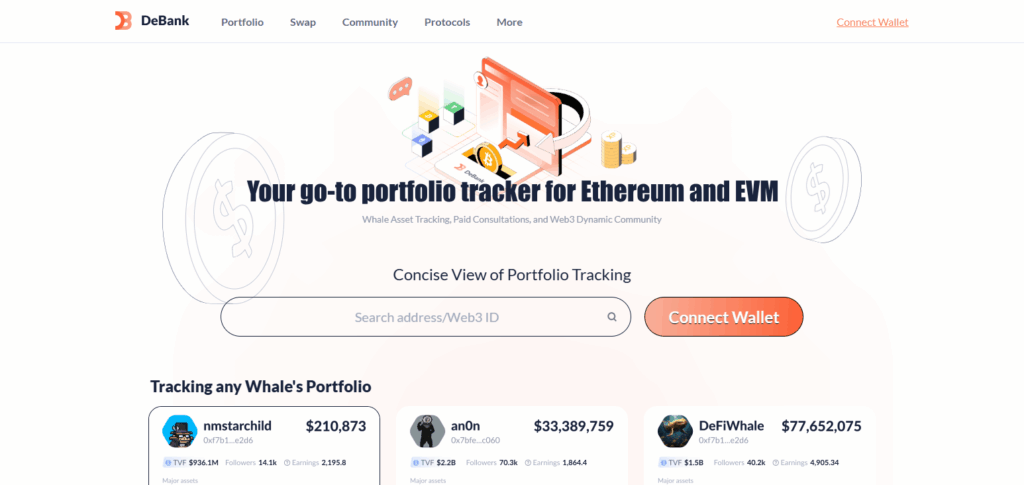
- Connect your wallet, whether it’s MetaMask, Ledger, etc.
- Turn on alerts for cross-chain activity and token movements.
Configure Alerts on Telegram Using a Bot
- Try Wallet Guard or Fire.
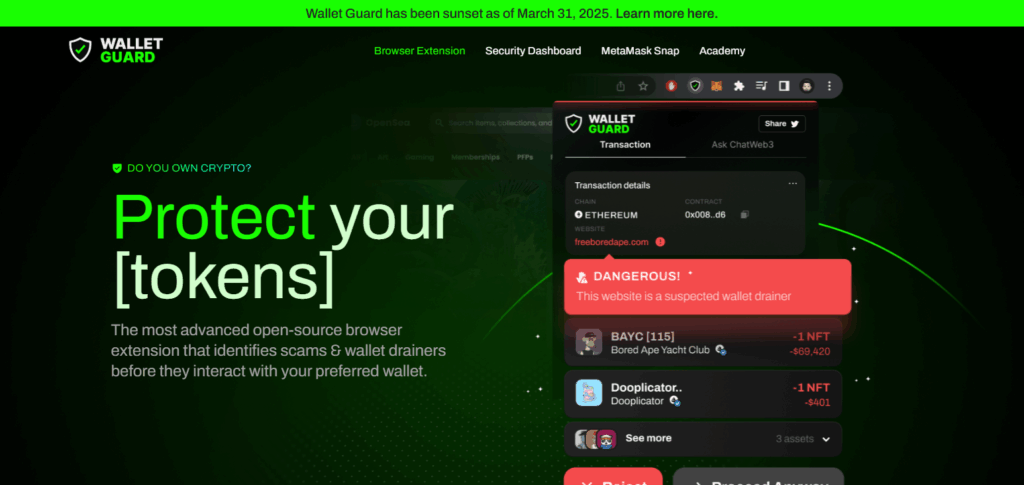
- Associate your wallet and Telegram username.
- Set up alerts for:
- Bridge initiated
- Bridge completed
- High gas costs
- Transactions that have failed or are stuck
Mobile Alerts in Telegram
- Ensure that your wallet tracking app has push notifications ticked.
- On iOS and Android, proceed to Settings > Notifications > Allow Alerts for the app.
- Now, whenever a bridge transaction is completed, you will instantly be updated in real time.
MetaMask Alerts Using the Portfolio Feature
- Visit MetaMask Portfolio.
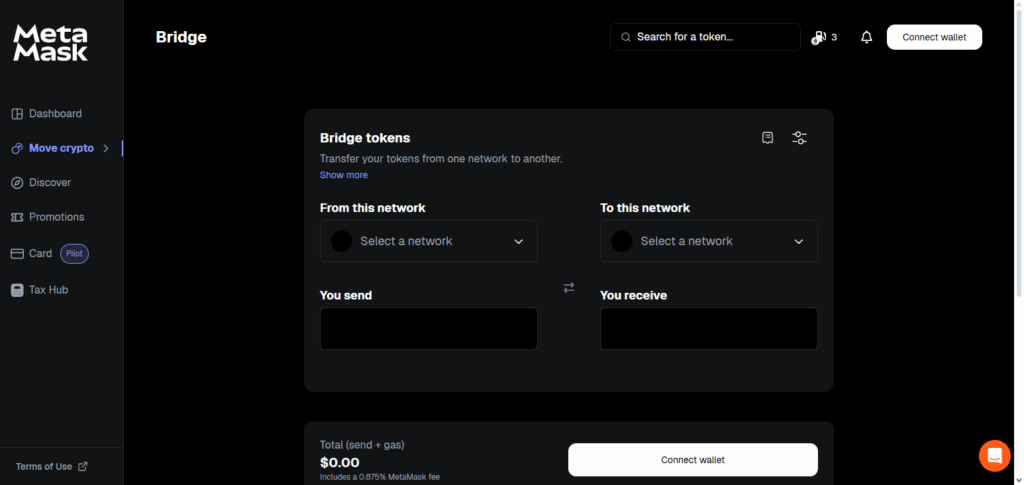
- Start a bridge with LI.FI or Socket.
- Monitor the Activity tab for status.
- MetaMask will send notifications for transaction delays or completion.
Why Set Alerts for Bridging Aggregators?
Comprehensive Real-Time Cross-Chain Surveillance: Alerts allow for timely response to massive transactions as they happen on bridges. You are able to respond quickly to significant cross-chain transfers.
Watch Bridging Fees and Slippage Congestion: Alerts help dodge expensive errors by notifying when slippage, bridging fees, or congestion on the bridge increases and difficulties arise.
Spot Automated Market Maker PEG Manipulations: Automated Market Maker PEG manipulations might go undetected, but with Alerts they can be instantly acted upon for seamless profit.
Get Notified on Status of Bridging Aggregators: Get notified instantly on downtime and maintenance of bridges as well as new updates to ensuring minimal transaction risks.
Ensure Digital Assets Security: Alerts notify the users on disruptive or strange movements enabling immediate response to safeguard assets from breaches.
Best Practices for Mobile Alert Setup
Set Specific Alert Criteria
Design customized alerts for transaction value, token, chain, or bridge service. This eliminates unnecessary updates and decreases background noise.
Use Trusted and Secure Apps
Trigger alerts only through authenticated applications like DeBank, DEXTools, or their official Telegram and Discord bots. Do not input wallet private keys into external unknown services.
Avoid Alert Fatigue
Restrained use of alert thresholds encourages minimal alert generation. Ignoring vital alerts can happen when the volume of notifications is too high.
Enable Push Notifications
Make sure that for the defined apps, both in-app and phone settings allow dynamic updates, notifications are enabled.
Test Critical Alerts
Alerts can be verified by sending a test alert, or by simulating a transaction to confirm expected notifications are sent.
Remember to Update Bots and Apps
Ensure that you are not at risk of losing essential functionality and security by making use of the latest versions of apps and bots.
If Required, Sync Across Devices
Select services that enable syncing of alerts between desktops and mobile devices for tracking on both device.
Review Regularly to Adjust Settings
Refine alert settings more actively as your strategy changes or as the DeFi landscape changes.
Security and Privacy Considerations
Never Give Away Your Seed Phrases and Private Keys
Alerts should never ask for your wallet’s private keys or recovery phrases. Always use apps and services that honor non-custodial guidelines.
Avoid Unofficial Sources for Alerts
Use platforms and bots that have been positively reviewed and are verified along with having clear and transparent privacy policies. Avoid unofficial or unknown tools which pose a risk to your data.
Webhooks and API Keys are to Remain Secure
If you use automated custom setups like IFTTT or Zapier, ensure that your API keys are kept secret, and that you employ encryption to restrict unauthorized access.
Activate “2 Factor Authentication“
2FA should be added to any account associated with the alerting service or email to prevent unauthorized access from changes or intrusions.
Granting Permissions Needs to be Monitored Regularly
Responsible and reported actions include managing bot and app permissions, hence one is to remove and restrict the permissions to the wallet and messaging platforms to lower the risk of exposure.
Use of Public Notification Channels is Prohibited
Users should never set sensitive alerts to public channels but should use private chat, direct messages, and secure apps.
Pros & Cons
| Pros | Cons |
|---|---|
| Real-time updates on cross-chain activity | Alert fatigue from excessive or irrelevant notifications |
| Helps track slippage, fees, and bridge health | Some tools require setup with APIs or technical knowledge |
| Enables faster decision-making for arbitrage | Possible delays in notifications during network congestion |
| Enhances DeFi security with early exploit warnings | Risk of using unverified or malicious alert services |
| Customizable thresholds for precision tracking | Limited support across all aggregator platforms |
Conclusion
Enabling bridging aggregator alerts on your phone ensures that you remain up to date and proactive in the ever-changing DeFi ecosystem. Instant alerts allow you to oversee cross-chain functions, mitigate risks, oversee expenses, and even take advantage of arbitrage opportunities.
Alerts can be tailored to an individual’s specifications, which when combined with used trusted applications, ensures both utility and security. Ensure you remain optimized in DeFi with essential bridge information always available.
FAQ
What is a bridging aggregator alert?
A bridging aggregator alert notifies you in real-time about cross-chain transactions, slippage, fees, or bridge status using tools like Rango or LI.FI.
Do I need to install any specific app?
Yes, you can use apps like DeBank, DEXTools, or Telegram bots to set up alerts. Some may also use IFTTT, Zapier, or custom webhooks.
Are these alerts free to use?
Most basic alerts via Telegram, Discord, or mobile apps are free, but advanced features may require subscriptions or API access.


